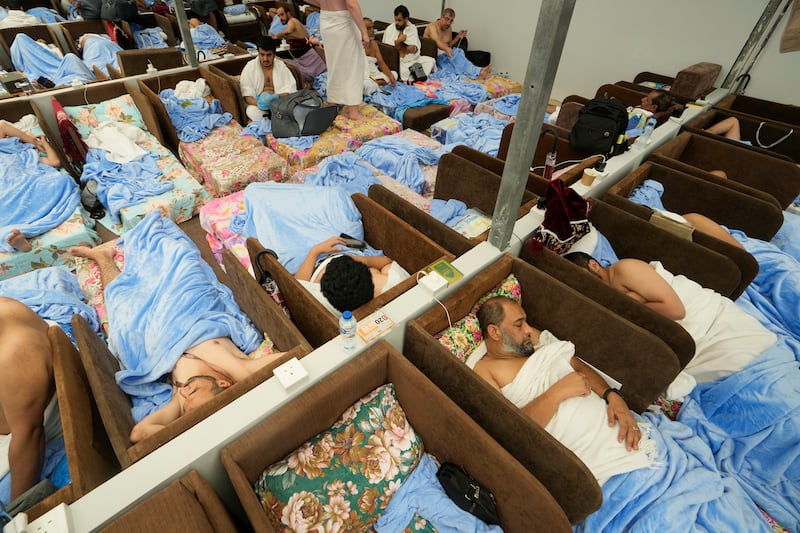Some 2.5 million Muslims on Monday began the sacred journey of a lifetime when they converged in the Mina valley outside Mecca for the annual Hajj pilgrimage. A Saudi Hajj ministry official told Al-Jazeera: “This year we will witness the largest Hajj pilgrimage in history.”
During the pandemic the Saudis permitted only 10,000 pilgrims to participate in 2020, and attendance was limited to 60,000 in 2021. One million people were allowed to attend last year.
During the Hajj, Muslims, dressed in white robes, seek to purge their sins and join believers from around the world to affirm the unity of the faith. Pilgrims follow the 18km route and rituals laid down in 632AD by the prophet Muhammad.
On Sunday, before embarking for Mina where they spent the night in a vast tent encampment, pilgrims entered the grand mosque at Mecca, Islam’s holiest site, and circled the Kaaba, the cube-shaped stone building regarded by Muslims as the first House of God.
READ MORE
On Tuesday the crowds will travel to the plain of Arafat to pray below the low mount from which the prophet is said to have delivered his farewell sermon. In the evening pilgrims will move to the wide plain of Muzdalifah where they will rest and collect pebbles for the final ritual, the stoning over three days of a wall representing the devils of temptation.

On Wednesday pilgrims will return to Mina for the Feast of Sacrifice, which celebrates God’s gift of a sacrificial ram to the prophet Abraham in place of his son Ismail. After the first stoning many will sacrifice a lamb and share the meat with family, friends and the poor.
On Thursday pilgrims will return to Mecca to salute the Kaaba and on succeeding days stone the wall twice before returning to Mecca to bid farewell to the mosque. Many will also visit the city of Medina, 450km from Mecca, where the prophet is said to have lived during the last decade of his life.
The Hajj is the world’s largest multinational, multi-ethnic pilgrimage. Each country is given a quota based on the size of its Muslim community. Candidates have this year applied on a flawed Saudi website rather than through seasoned tour operators. Costs vary from $1,000 for Saudi residents to many thousands of dollars for foreign packages covering air fare, living expenses, and transportation by bus and train. Poor and middle-class Muslims save for years to attend the Hajj, which is obligatory for those who can afford it.
Organising the journey and the timely performance of rituals for pilgrims from widely different backgrounds is a major logistical enterprise. Security, shelter, food, water and sanitary facilities must be provided at all four locations. With a temperature of 45 degrees, this year’s Hajj is an arduous journey. Elderly and ailing hajjis require special care. While some may court the blessing of death on the pilgrimage, the Saudis strive hard to keep them alive. More than 32,000 health workers and thousands of ambulances have been deployed to deal with exhaustion, heatstroke and dehydration.
Saudi Arabia earns $10 billion to $15 billion a year from the Hajj. It was estimated that from 2018 to 2022 spending on pilgrimages could generate $150 billion in income and create up to 100,000 permanent jobs.















